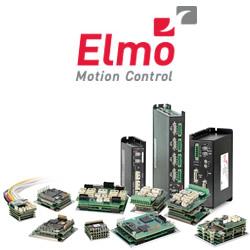Precision Farming Increases Crop Yields
 Geoffrey Ling, Blake Bextine for Scientific American: As the world’s population grows, farmers will need to produce more and more food. Yet arable acreage cannot keep pace, and the looming food security threat could easily devolve into regional or even global instability. To adapt, large farms are increasingly exploiting precision farming to increase yields, reduce waste, and mitigate the economic and security risks that inevitably accompany agricultural uncertainty.
Geoffrey Ling, Blake Bextine for Scientific American: As the world’s population grows, farmers will need to produce more and more food. Yet arable acreage cannot keep pace, and the looming food security threat could easily devolve into regional or even global instability. To adapt, large farms are increasingly exploiting precision farming to increase yields, reduce waste, and mitigate the economic and security risks that inevitably accompany agricultural uncertainty.
Traditional farming relies on managing entire fields—making decisions related to planting, harvesting, irrigating, and applying pesticides and fertilizer—based on regional conditions and historical data. Precision farming, by contrast, combines sensors, robots, GPS, mapping tools and data-analytics software to customize the care that plants receive without increasing labor. Stationary or robot-mounted sensors and camera-equipped drones wirelessly send images and data on individual plants—say, information about stem size, leaf shape and the moisture of the soil around a plant—to a computer, which looks for signs of health and stress. Farmers receive the feedback in real time and then deliver water, pesticide or fertilizer in calibrated doses to only the areas that need it. The technology can also help farmers decide when to plant and harvest crops.
As a result, precision farming can improve time management, reduce water and chemical use, and produce healthier crops and higher yields—all of which benefit farmers’ bottom lines and conserve resources while reducing chemical runoff.
Many start-ups are developing new software, sensors, aerial-based data and other tools for precision farming, as are large companies such as Monsanto, John Deere, Bayer, Dow and DuPont. The U.S. Department of Agriculture, NASA and the National Oceanic and Atmospheric Administration all support precision farming, and many colleges now offer course work on the topic. Full Article:
Comments (0)
This post does not have any comments. Be the first to leave a comment below.
Featured Product

